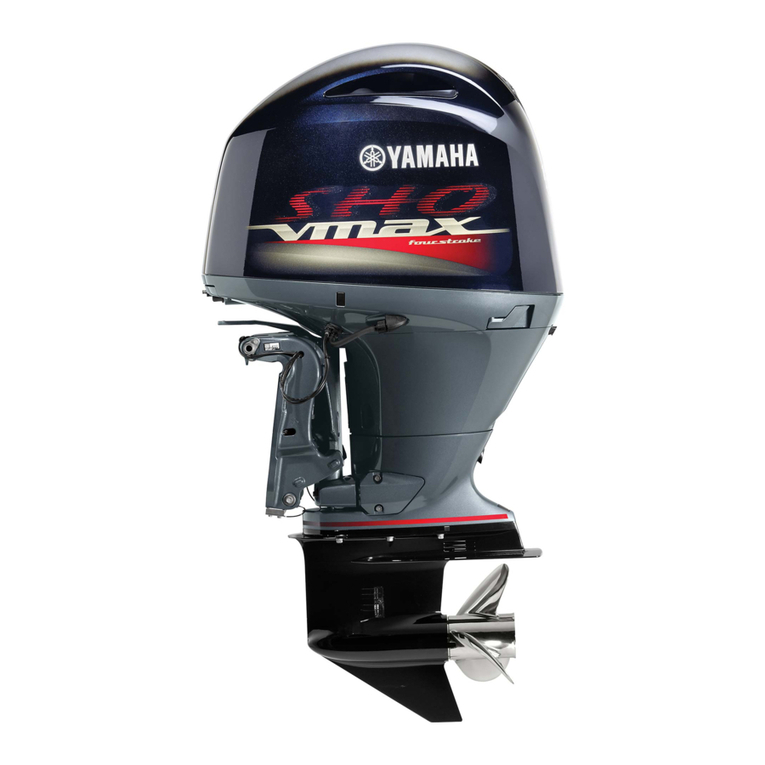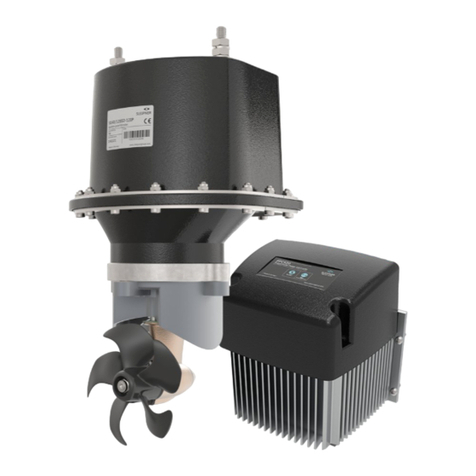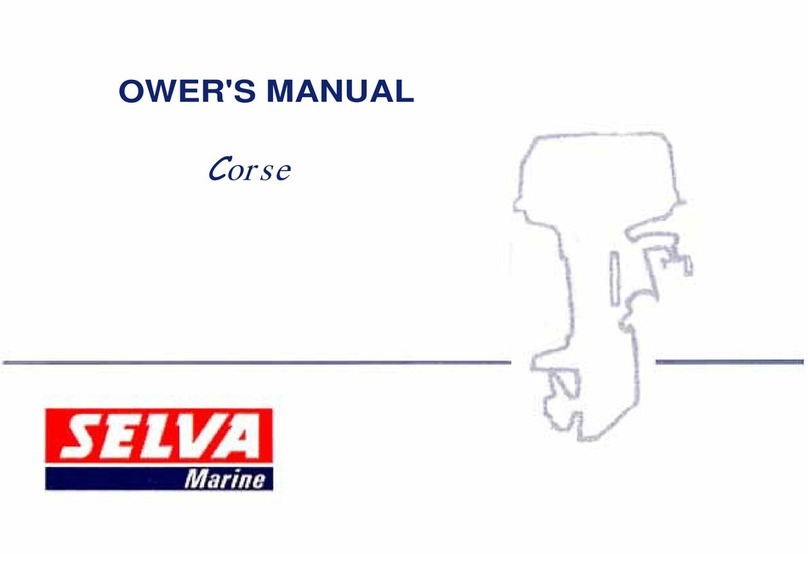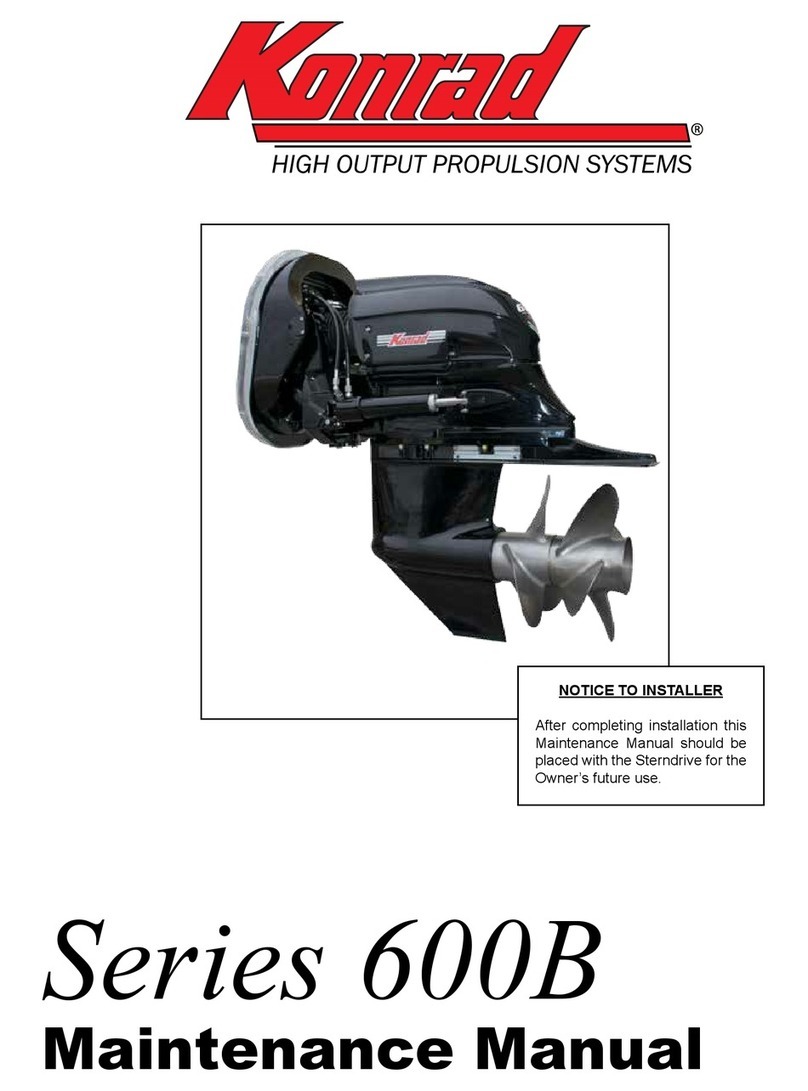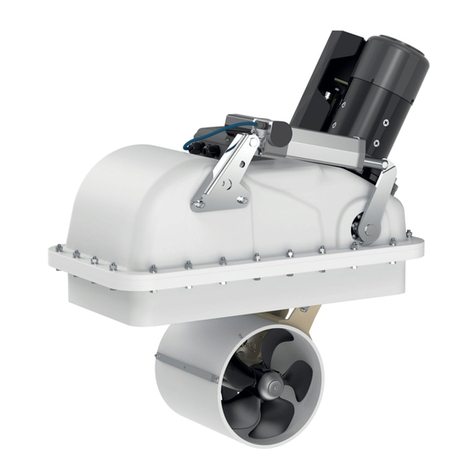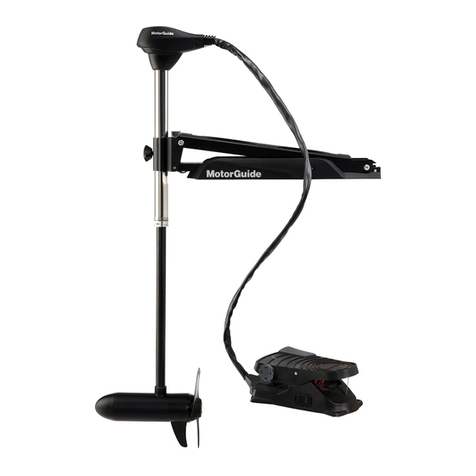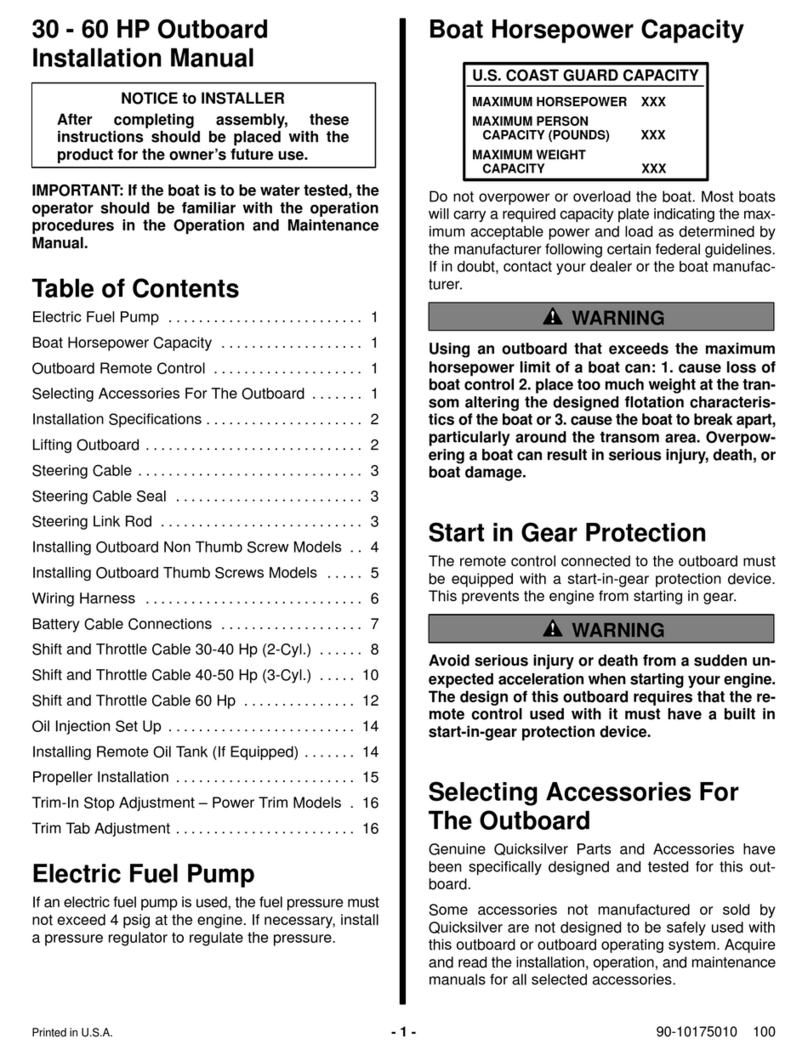SMD HT 230BA User manual

Curvetech Technical Manual - Ref : ENG-MAN-1012.HT230BA.03
CURVETECH HT 230BA
HYDRAULIC THRUSTER
TECHNICAL MANUAL
SMD Reference : ENG-MAN-1012.HT230BA.03.doc


Curvetech Technical Manual - Ref : ENG-MAN-1012.HT230BA.03
Issue 3 Confidential and copyright property of Soil Machine Dynamics Limited. All rights reserved.
MANUAL
REVISIONS AND ADDITIONS
DATE
ISSUE REVISION MOD NO
February 1997
February 1999
February 2005
1
1
1
-
0
3
-
CN 00473 Page 5.2 - Removal of
Distributor, 5.4 & 5.5 - Sorted
Layout
-

Curvetech Technical Manual - Ref : ENG-MAN-1012.HT230BA.03
Issue 3 Confidential and copyright property of Soil Machine Dynamics Limited. All rights reserved.
CONTENTS
1.0 GENERAL DESCRIPTION
2.0 PERFORMANCE DATA
2.1 Product Specification
2.2 Performance Characteristics
3.0 INSTALLATION
3.1 Thruster Mounting
3.2 Motor Hydraulic Connections
3.3 Bearing Housing Connection
3.4 Thruster Seals
4.0 MAINTENANCE PROCEDURES
4.1 General Maintenance
4.2 Hydraulic Motor
4.3 Bearing Housing
4.4 Storage
5.0 SPARES AND WARRANTY
5.1 Spare Parts
5.2 Service/Returns Procedure
5.3 Damage in Shipment
5.4 Warranty
5.5 Specifications

Curvetech Technical Manual - Ref : ENG-MAN-1012.HT230BA.03
Issue 3 Confidential and copyright property of Soil Machine Dynamics Limited. All rights reserved.
1.0 GENERAL DESCRIPTION
This document describes the installation operation and maintenance of the
HT 230-2 Curvetech Thruster. Curvetech thrusters have been designed to
propel the new generation of high, powered ROV’s, ploughs and similar
underwater platforms. Other thrusters in the SMD Hydrovision Curvetech
range are the HT 500, HTE 380, HTE 300 and HT 230. Please contact
SMD Hydrovision for further information on these products.
The HT 230-2 is fitted with a 230mm diameter high pitch propeller and a
hydraulic motor with a fixed displacement of 9.84 cc/rev.
The low revving, high torque thruster design provides exceptionally high
efficiency and approximately equal forward and reverse thrust. The thruster
is fitted with an integral mounting pedestal, which can be readily interfaced
to the customer’s equipment.


Curvetech Technical Manual - Ref : ENG-MAN-1012.HT230BA.03
Issue 3 Confidential and copyright property of Soil Machine Dynamics Limited. All rights reserved.
2.0 PERFORMANCE DATA
WARNING: ONLY OPERATE THE THRUSTER MOMENTARILY ON
DECK AS THE THRUSTER MAXIMUM RPM WILL BE
EXCEEDED WHEN OPERATED OFF LOAD (IN AIR).
2.1 PRODUCT SPECIFICATION
Refer to drawing HT-230-D-023.
Description : Hydraulic Thruster
Part Number : HT 230-2
Hydraulic Motor Manufacturer : Volvo Hydraulics
Motor Type : F11-10
Displacement : 9.84 cc/rev
Motor Connections : Supply/Return Lines; ¾” BSPP.
Case Drain Connection : Choice from 2 x 3/8” BSPP
Bearing Housing Connection : Choice from 4 x 1/8” BSPP
Hydraulic Oil Type : Mineral Oil, Shell Tellus or
equivalent between 10 and 100
centistokes
Maximum Recommended Bulk : 50° c
Oil Temperature
Pressure : Continuous = 350 bar
Intermittent = 420 bar
Flow : Up to 40 LPM. Typically 28 LPM.
Refer to performance charts in
section 2
Thrust : Forward > 190 Kgf
Reverse > 185 Kgf
Refer to performance chart in
section 2.
Propeller Diameter : 230mm
Dimensions : Refer to drawing HT-230-D-023

Curvetech Technical Manual - Ref : ENG-MAN-1012.HT230BA.03
Issue 3 Confidential and copyright property of Soil Machine Dynamics Limited. All rights reserved.
Mounting Method : Integrated Pedestal
Weight (air) : 14 Kg
(seawater) : 10 Kg
2.2 PERFORMANCE CHARACTERISTICS
The hydraulic system pressure and available flow determines the thrust
produced by the HT 230-2 thruster. To assist the customer identify the
thrust performance when fitted to his system the attached performance
characteristics are provided.
To identify thrust, calculate the pressure available at the thruster motor
considering all pressure drops in the system. From the graph, read off
thrust at the calculated motor pressure and read off flow at this thrust. This
gives the pressure, thrust and flow operating point of the thruster. As
forward and reverse thrust is approximately equal, this operating point is
valid for both directions of operation.
The performance data provided is for a single thruster operating in open
water at a depth, which eliminates the effect of cavitation. Restriction of the
water flow through the thruster due to the platform frame, buoyancy or other
assemblies will reduce the thrust from the open water thrust data.
Allowance should be made for this derating when designing the system.

Curvetech Technical Manual - Ref : ENG-MAN-1012.HT230BA.03
Issue 3 Confidential and copyright property of Soil Machine Dynamics Limited. All rights reserved.
3.0 INSTALLATION
3.1 THRUSTER MOUNTING
The thruster is mounted off the main pedestal base, please refer to the
attached drawing HT-230-D-023.
The recommended fasteners for the pedestal base mounting are M12 or 2
inch 316 stainless steel bolts washers and nyloc nuts tightened to a torque
of 35 Nm.
Considerable force can be transferred from the thruster, through the
pedestal to the platform mounting brackets and the customer must ensure
bracketry is adequate.
3.2 MOTOR HYDRAULIC CONNECTIONS
A. Direction of Rotation (F11-10 Motor)
When looking into the propeller end of the shaft apply pressure to
port PB for clockwise rotation or pressure to port PA for counter
clockwise rotation.
B. Supply/Return Line Connections
The 2 supply/return line ports designated PA and PB are designed to
mate with a ¾” BSPP fitting.
Suitably pressure rated st/st hydraulic pipe or hydraulic hose can be
used to connect to the motor. If pipe is used considerable care must
be taken in mounting the thruster to ensure vibration etc does not
damage the pipe coupling. Hydraulic hose tails approximately 0.5m
long are more convenient and overcome potential problems with
direct hard piping. The hose should be routed to minimise the water
flow restriction through the thruster. Hydraulic hose will reduce
pressure spikes before they reach the motor and are flexible enough
to allow service and bleeding of the motor and bearing housing by
unbolting the thruster to align it for bleeding without disconnecting
the supply/return lines. This is useful for thrusters fitted in certain
configurations.

Curvetech Technical Manual - Ref : ENG-MAN-1012.HT230BA.03
Issue 3 Confidential and copyright property of Soil Machine Dynamics Limited. All rights reserved.
C. Case Drain Connection
The case drain returns oil which has leaked through the motor
assembly to the motor case. This oil must be returned to tank (LP
reservoir) to ensure the case drain pressure remains below the
motor return line pressure.
A d inch hydraulic hose should be used and connected to a low
position d inch BSPP case drain port on the motor. This hose
should be a minimum of 0.5m long to match the main hoses and
should be similarly routed to minimise water flow restriction through
the thruster.
The standard motor shaft seal can accommodate up to 2.0 bar (29
psi) pressure from the case drain oil to the bearing housing oil and 0
bar pressure from the bearing housing oil to the case drain oil.
Please contact SMD Hydrovision if alternative pressure rating is
required.
The following considerations should be noted.
1. The drain line must be connected in a way, which ensures all
air can be bled from the motor and hose.
2. For installations where the motor shaft is vertically mounted,
the thruster should be bled to remove all air before mounting
the thruster as it is very difficult to remove all air after the
thruster is mounted.
3. There are special considerations associated with the case
drain in multiple motor installations and the following should
be addressed.
The case drains should not be commoned together unless the pipe
is increased in size to take into account the extra flow from the
additional case drains. Negligible back, pressure at the case drain
must be maintained.
Failure to comply introduces the possibility of pressurising a motor
case to a level higher than return port pressure, which may result in
damage of the motor. This could occur, for example, if the motor is
unloaded whilst other motors in the system are functioning normally.
Table of contents
Popular Outboard Motor manuals by other brands
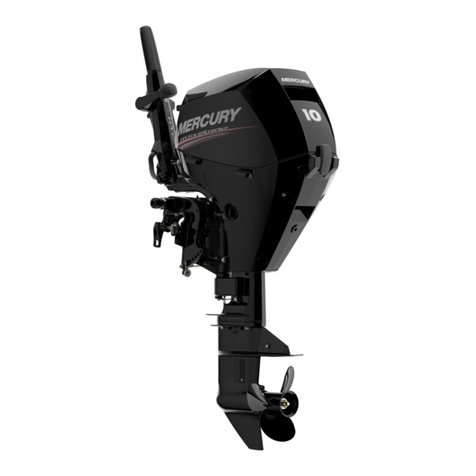
Mercury
Mercury 8 Bigfoot 4-Stroke Installation operation maintenance warranty manual

Sleipner
Sleipner E-Vision Electric Thruster E300 installation guide
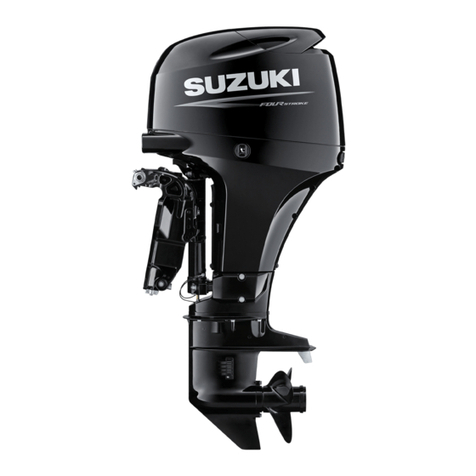
Suzuki
Suzuki DF40A manual
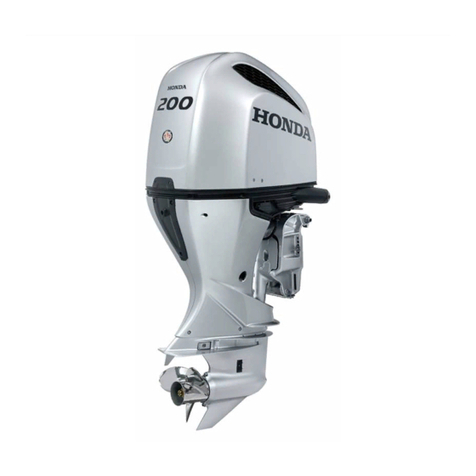
IST
IST 18.BF200D manual

Side-Power
Side-Power SP 155 TC i Installation and user manual
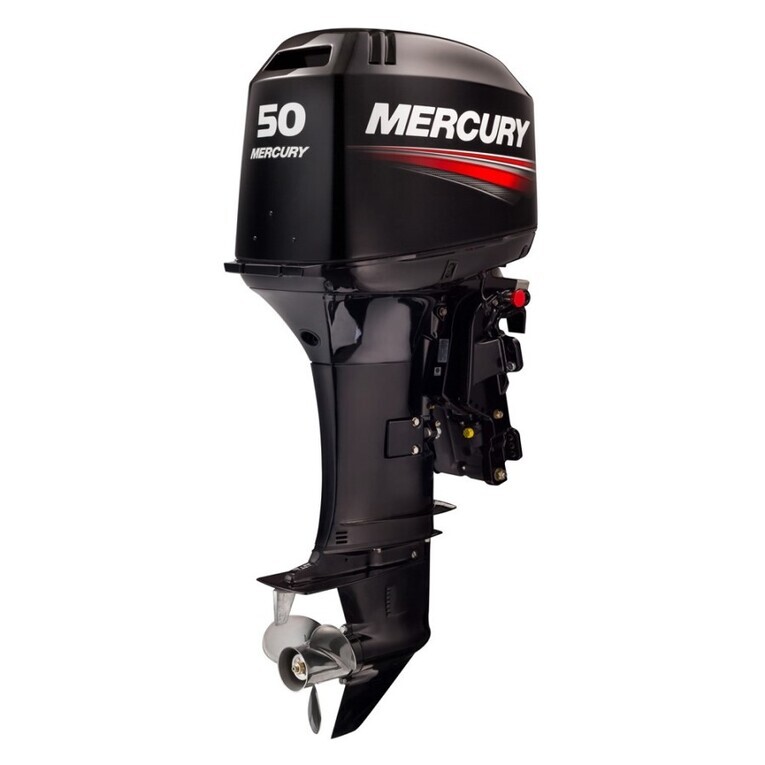
Mercury
Mercury 40 FourStroke Operation and maintenance manual
